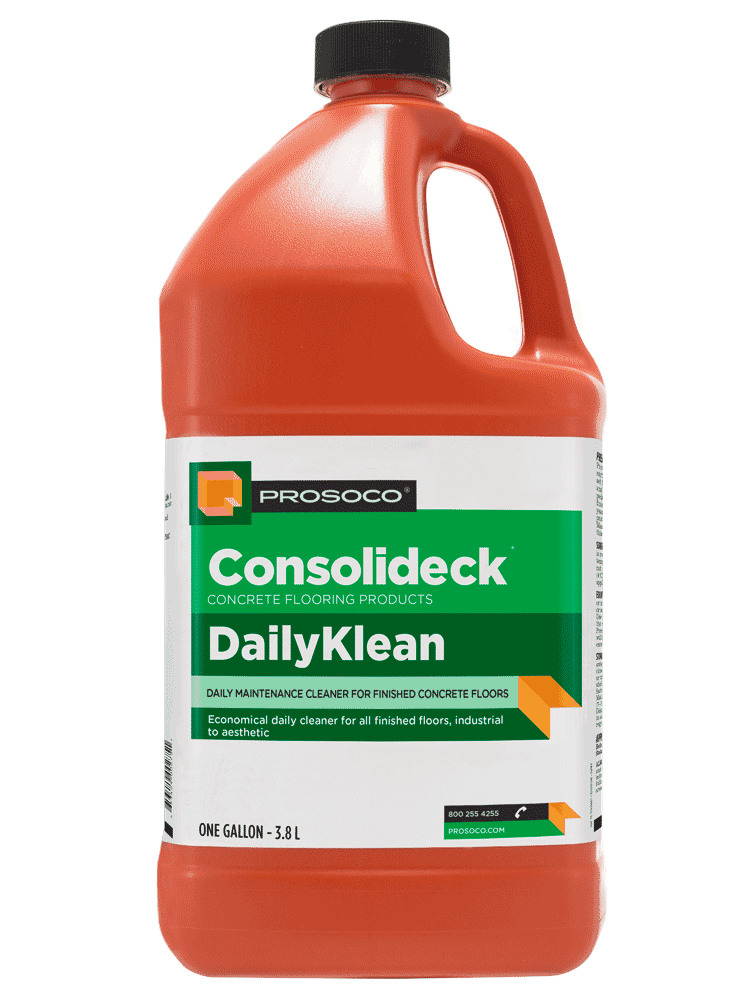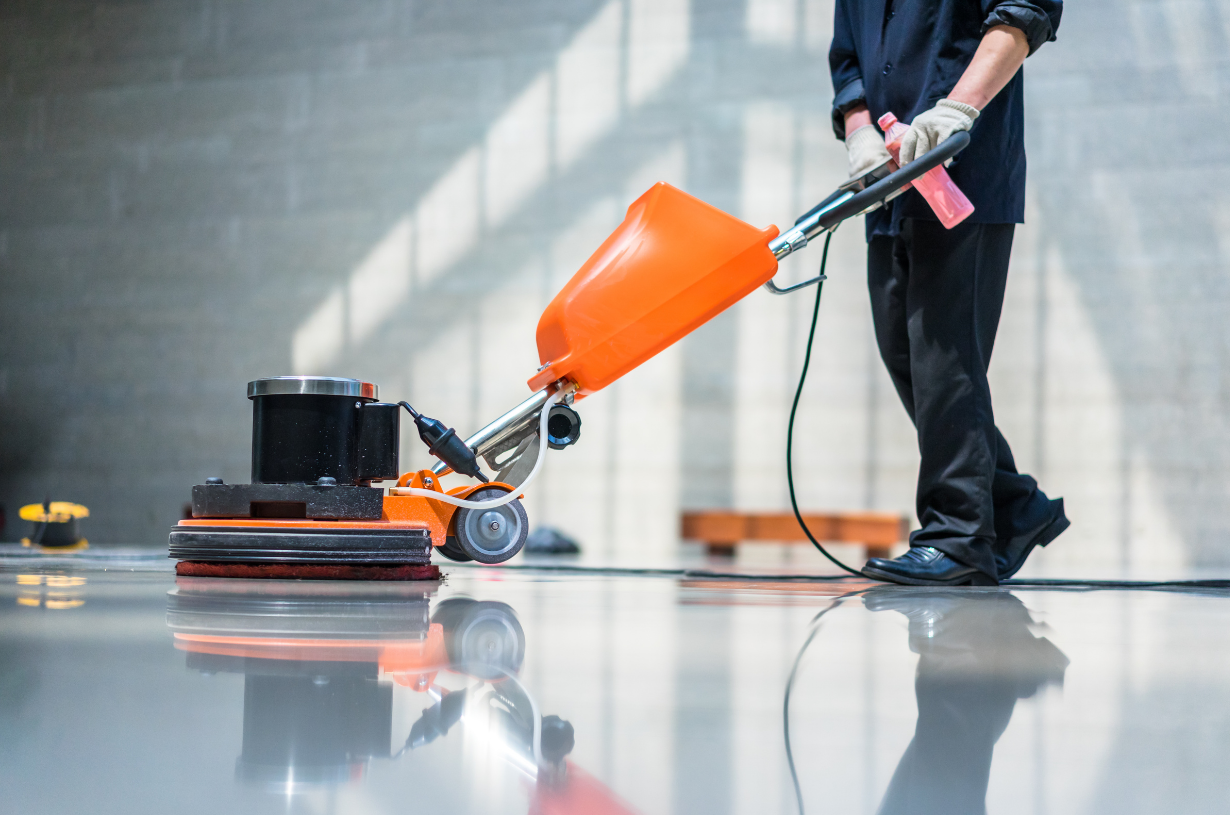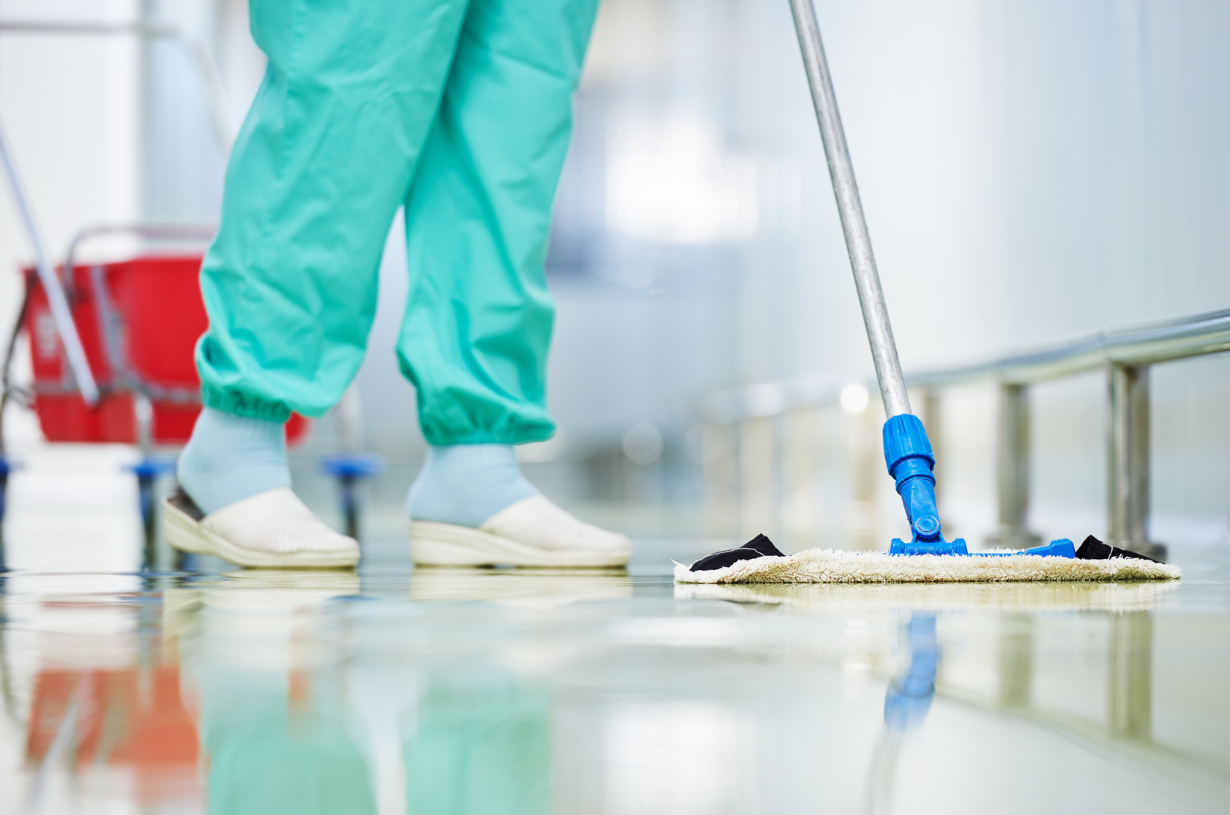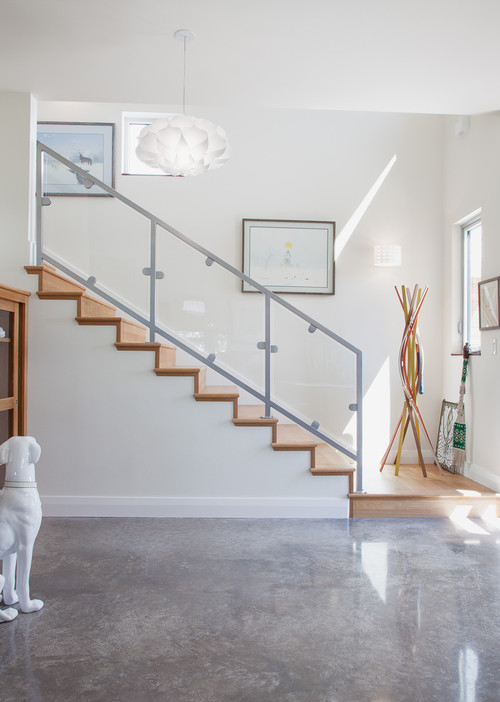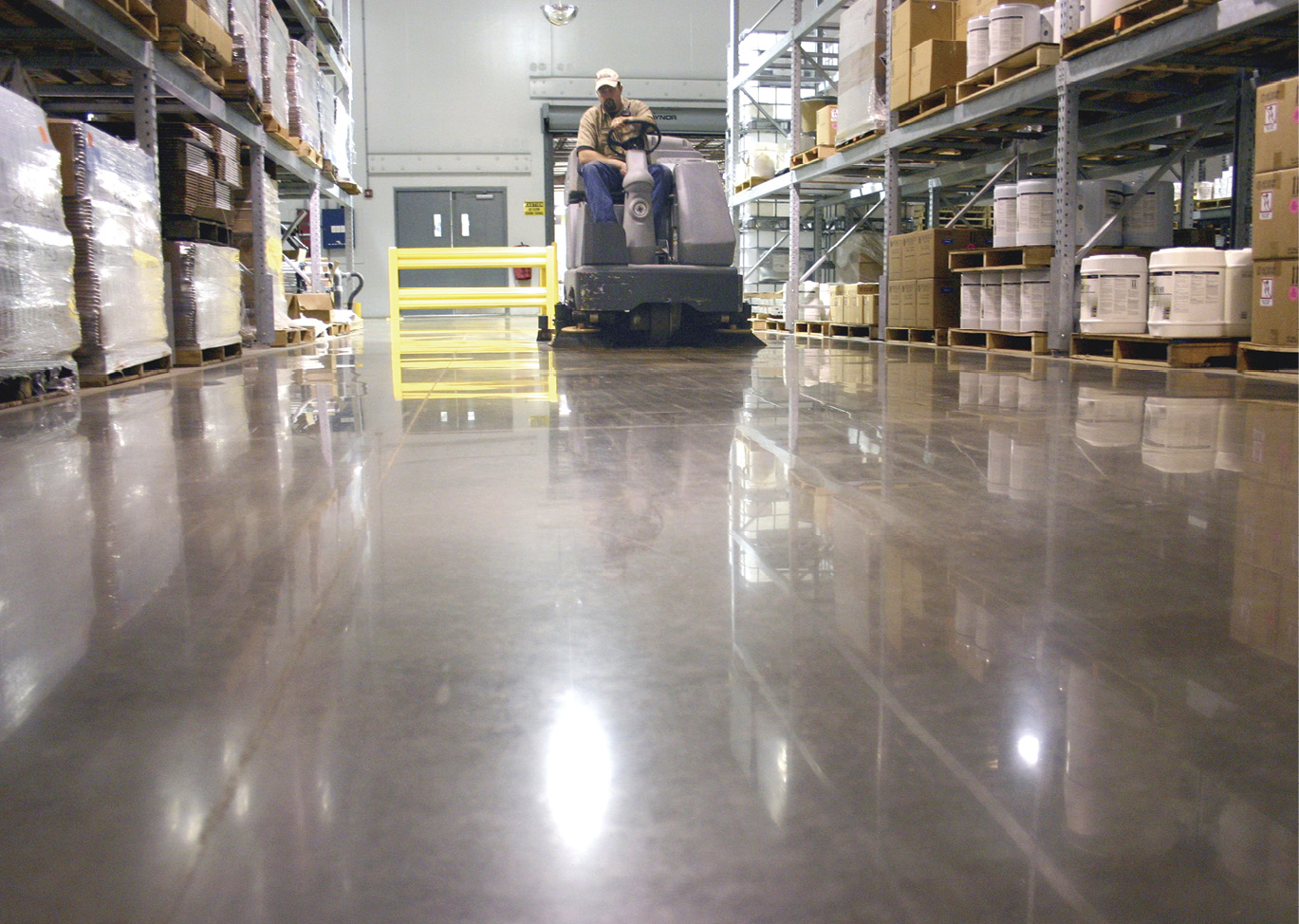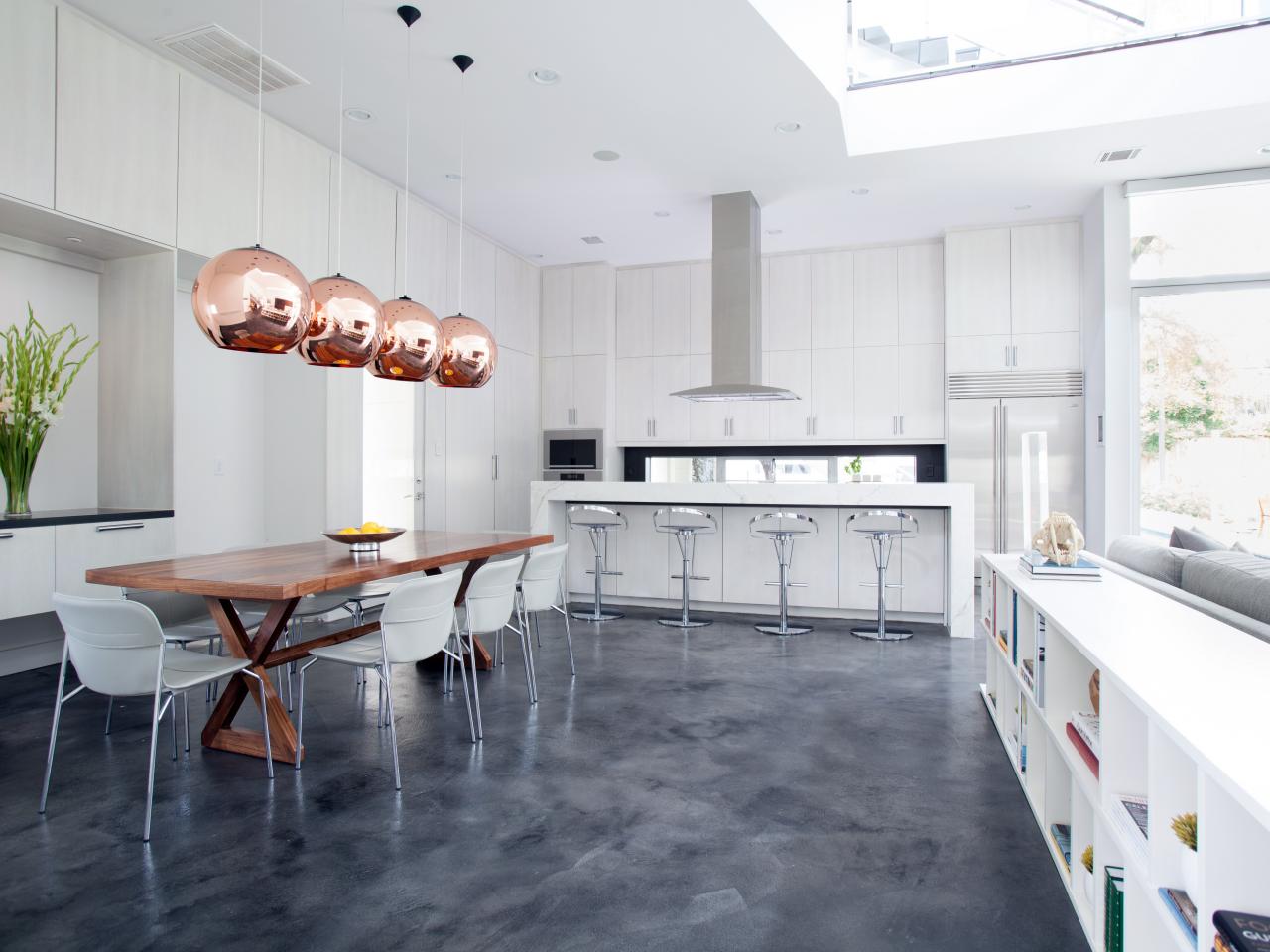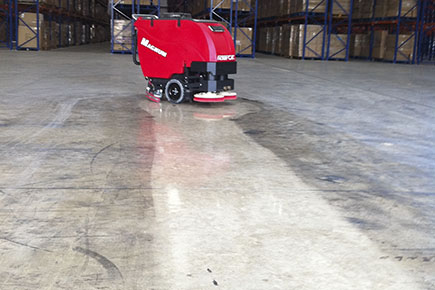Concrete floors are known for their durability and longevity, but proper care and maintenance are essential to keep them looking their best. Here are some important steps to take for effective concrete floor care. Firstly, regular cleaning is crucial for maintaining the appearance of your concrete floors. Start by removing loose debris and dirt using a broom or a dry mop. Next, use a mild detergent mixed with water to clean the surface thoroughly. Avoid harsh chemicals or abrasive cleaners, as they can damage the concrete. After cleaning, rinse the floor with clean water and allow it to air dry, or use a mop or squeegee to remove excess moisture.
In addition to regular cleaning, it’s important to protect your concrete floors from stains and spills. Applying a high-quality concrete sealer can help create a protective barrier against liquids and stains. Sealing your concrete floor also enhances its appearance by adding a glossy or matte finish, depending on your preference. It’s recommended to reapply the sealer every few years or as needed to maintain its effectiveness.
Another crucial aspect of concrete floor care is preventing scratches and damage. Place mats or rugs in high-traffic areas or under furniture to minimize the risk of scratching. Avoid dragging heavy objects across the floor, and use furniture pads or coasters to protect the surface. If you notice any scratches or minor damage, consider using a concrete patching compound or epoxy resin to repair the affected areas.
Controlling moisture levels is essential to maintain the longevity of your concrete floors. Excessive moisture can lead to mold, mildew, and even cracks in the concrete. Use dehumidifiers in areas with high humidity, and ensure proper ventilation to prevent moisture buildup. Consider using waterproofing systems or installing a moisture barrier beneath the concrete in basements or areas prone to water leaks.
Regular inspections are also important for concrete floor care. Periodically check for any signs of damage, such as cracks or spalling. Addressing these issues promptly can prevent further deterioration and costly repairs. If you notice any significant damage or structural issues, it’s advisable to consult a professional concrete contractor for proper assessment and repair.
Lastly, for long-term maintenance, consider implementing a routine maintenance plan. This can include periodic deep cleaning, reapplying the sealer as needed, and addressing any repairs promptly. Following a maintenance schedule will help extend the lifespan of your concrete floors and keep them looking their best for years to come.
Concrete floor care requires regular cleaning, protection against stains, prevention of scratches and damage, control of moisture levels, periodic inspections, and a routine maintenance plan. Following these steps ensures that your concrete floors maintain their durability, appearance, and functionality.
Concrete Floor Care
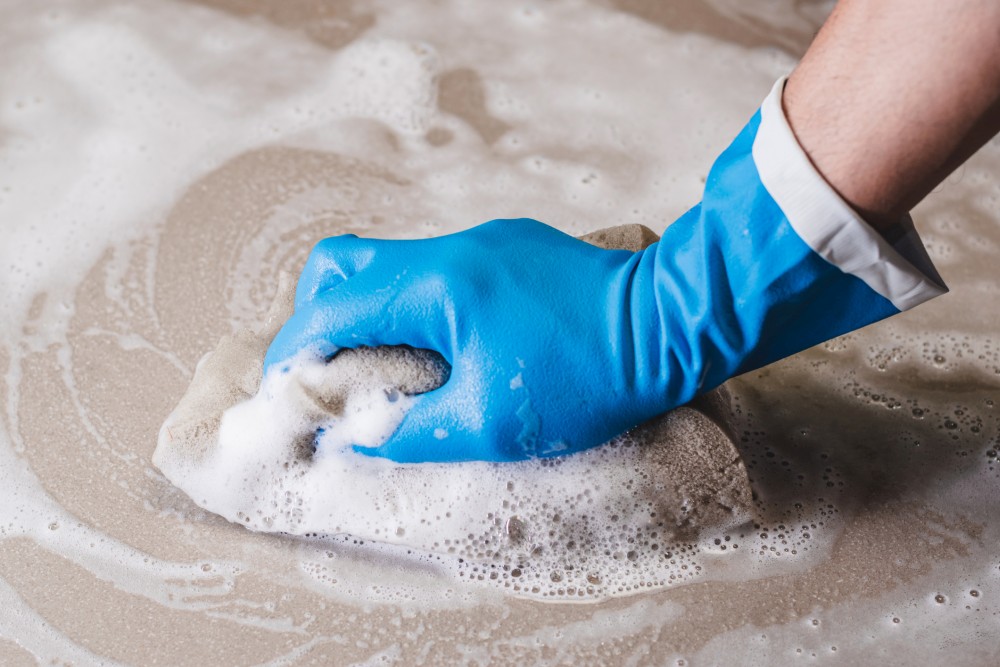
Concrete Floor Protection and Maintenance Products – PROSOCO
Concrete Floor Cleaning High Quality Floor Coating Products
How To Maintain Polished Concrete Floors
Epoxy Floor Care: Routine Cleaning and Maintenance Blog XPS
How to Clean u0026 Seal Concrete Floors : Concrete Floors
Six Misconceptions About Concrete Floor Care – Charlotte Products Blog
Warehouse Floor Cleaning Concrete Floor Cleaner Titus Restoration
How To Maintain Polished Concrete Floors
Concrete Floor Care 101 Modernize
How to Clean Concrete Floors u2014 Craftsman Concrete Floors – Texas
Cleaners 101 – Techniques for Cleaning Concrete – Concrete Decor
How to Clean Concrete Floors HGTV
Concrete scrubbing – Office Cleaning MSCH Maintenance Services
Related Posts:
- Polished Concrete Floor Designs
- Smooth Rough Concrete Floor
- Concrete Floors With Radiant Heat
- Poured Concrete Floor Over Wood Subfloor
- Concrete Floor Joint Sealant
- Hawk Concrete Floor Coatings
- Fixing Concrete Floor Cracks
- Concrete Floor Removal
- Concrete Floor Grinding And Polishing Equipment
- How To Resurface Interior Concrete Floors
Concrete Floor Care: A Comprehensive Guide
Caring for a concrete floor is essential to ensuring its longevity and maximizing its aesthetic appeal. Whether your concrete floor is located in a commercial or residential setting, proper maintenance is key to making sure it remains in top condition for years to come. This comprehensive guide will provide you with the information you need to understand the basics of concrete floor care, from cleaning and sealing to more advanced techniques.
Cleaning Your Concrete Floor
Cleaning your concrete floor is one of the most important steps in maintaining it. Regular cleaning with an appropriate cleaner will help to ensure that dirt and debris don’t build up and cause damage. For basic cleaning, mild soap and water should be sufficient, but for tougher stains and dirt, a stronger cleaner may be necessary. When using a stronger cleaner, take care to read the instructions carefully and follow them closely to ensure that the cleaner does not damage the surface of the concrete.
Sealing Your Concrete Floor
Once your concrete floor has been cleaned, it is important to apply a sealer to protect it from staining and wear. Sealing your concrete floor will also help to extend its life by preventing moisture from seeping into the concrete and causing damage. There are several types of sealers available, so it is important to select the one that is best suited for your particular type of concrete floor. Generally speaking, acrylic sealers are best for residential applications, while epoxy sealers are best for commercial settings due to their superior durability.
Polishing Your Concrete Floor
Polishing your concrete floor can help to bring out its natural beauty and shine. A polishing machine is typically used for this purpose, as it can buff out any imperfections or scratches on the surface of the concrete and make it look like new. This process can also help to enhance the color of the concrete and make it more resistant to staining.
Grinding Your Concrete Floor
Grinding your concrete floor can be necessary when there are deep scratches or imperfections in the surface of the concrete that cannot be buffed out with a polishing machine. This involves using a grinding machine with diamond-tipped blades to grind away at these areas until they are level with the rest of the surface. This process can also be used to create unique decorative patterns in the concrete, such as swirls or other shapes.
Staining Your Concrete Floor
If you want to give your concrete floor a more unique look, staining can be an effective way to do so. This involves applying a specialized stain or dye directly onto the surface of the concrete, which will then penetrate into the concrete and provide a lasting color effect. This process can be used to create a variety of different looks, from subtle shades of color to vivid patterns and designs.
FAQs About Caring for Concrete Floors
Q: How often should I clean my concrete floor?
A: The frequency of cleaning depends on how much foot traffic your concrete floor receives. If your floor sees light foot traffic, then weekly or bi-weekly cleaning should suffice. However, if there is heavy foot traffic or if there are pets present in the home, then daily or twice-daily cleaning may be necessary.
Q: What type of sealer should I use?
A: The type of sealer you should use depends on where your concrete floor is located. Generally speaking, acrylic sealers are best for residential applications, while epoxy sealers are best for commercial settings due to their superior durability.
Q: How often should I reseal my concrete floor?
A: The frequency of resealing depends on how much foot traffic your concrete floor receives as well as how often it is cleaned and maintained. Generally speaking, sealing should be done every two years or so in areas with heavy foot traffic, while resealing every three years or so may be sufficient in areas with light foot traffic. It is important to check the condition of your concrete floor periodically and reseal when needed in order to maintain its protection against staining and wear.
Q: Can I stain my own concrete floor?
A: Yes, it is possible
